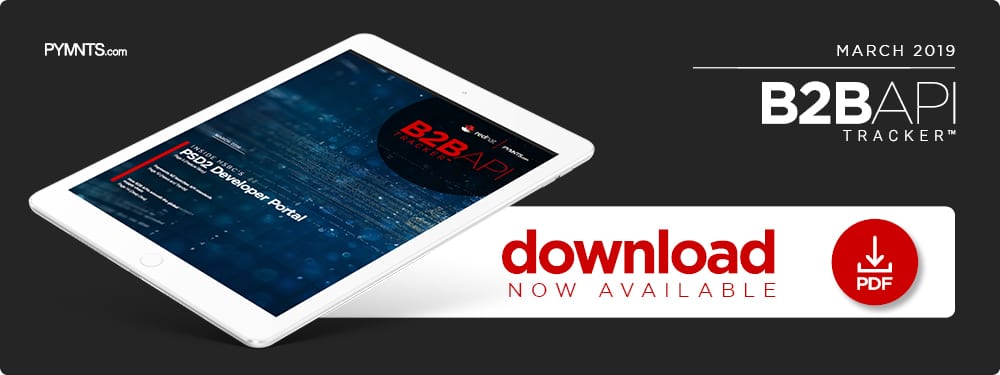HSBC believes security must always be top of mind, Hijazi emphasized, and that it will also be what makes or breaks these offerings.
“For people to want to use [financial services APIs] widely, they have to be comfortable that they are safe in that environment, from a data protection, data loss, cyber, man-in-the-middle [perspective],” Hijazi said. “We don’t want to invest a lot of money in this — and time — and then get to September and not have a huge uptake of customers using it or wanting to use it because we haven’t been able to help them understand how we’re protecting them in this new environment.”
FIs have a lot to get in place as they prepare for PSD2’s full implementation in September, but the recently launched developer portals will help them refine their offerings and smooth pain points in advance. In the meantime, they appear to be doing their best to lay the groundwork for helpful, secure, API-enabled third-party services.
“At end of day, we see this as a great opportunity for everyone, and we are pretty excited to see how this will evolve over time,” Hijazi said.




